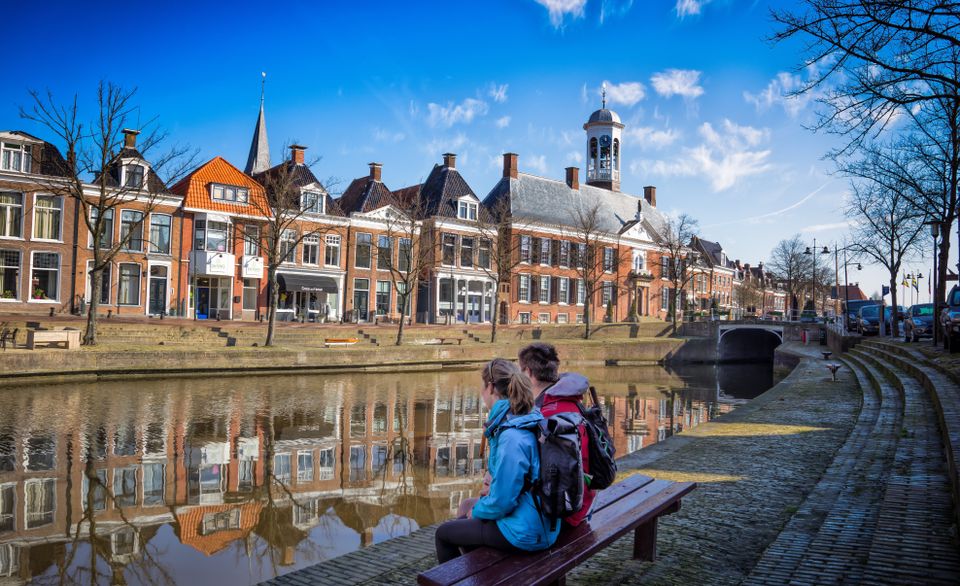Location
929 to 960 of 1001 results
-
De Oare Keamer
De Oare Keamer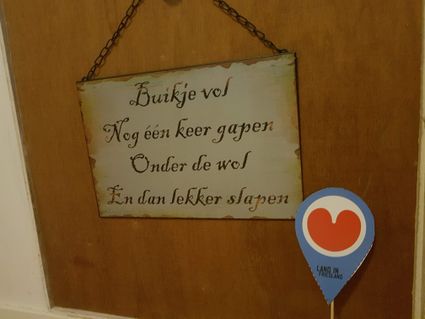 Kollum
Kollum
-
Toxopeus op de dijk
Toxopeus op de dijk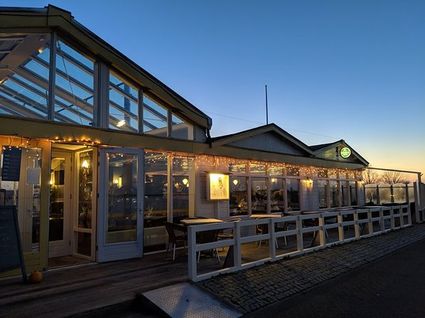 Anjum
Anjum
-
De sluis van Ouwe Syl
-


Accept cookies to see this content.
-
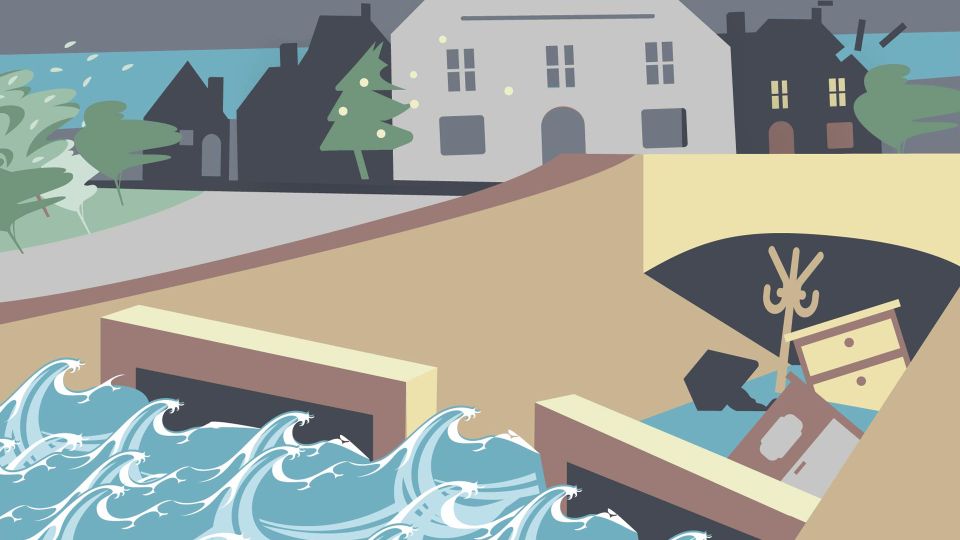
-

De sluis van Ouwe Syl
(beluister hier het audioverhaal)
Waar anders dan hier spreek je af met dorpsgenoten? Op de 'pyp' natuurlijk: de brug over de zijl, de sluis. De sluis is het natuurlijke middelpunt van Oudebildtzijl. Het dorp dankt zijn ontstaan én naam aan de sluis. In het Bildtse dialect dat hier gesproken wordt: Ouwe Syl.
De sluis – van hout - wordt in 1507 in de pas aangelegde vijftien kilometer lange dijk getimmerd en is onderdeel van een grootschalige inpoldering. 'Skep foor skep' veroveren arbeiders hier land op zee, de vroegere monding van de Middelzee om precies te zijn. De sluis, op de plek waar de Oude Rij in zee stroomt, zorgt voor afwatering van de vruchtbare polder. Schepen kunnen via de schutsluis naar de Waddenzee en terug landinwaarts. Aanleggen kan bij de kolk, een klein haventje achter het café.
Een eeuw later, rond 1600 is alweer land aangeslibd en komt er een nieuwe afwateringssluis twee kilometer noordwaarts: de Nije Syl (de nieuwe zijl, sluis), waar ook een gehucht ontstaat. Het dorp met de oude sluis verandert dan van Bildtsyl naar Ouwe-Syl.
Toch is de sluis van het oude Bildt nog steeds onderdeel van de waterkering. De dijk functioneert namelijk nog als slaperdijk, een reservedijk dus. De eikenhouten deuren die je in de sluis ziet hangen kúnnen het water tegenhouden. Ze zijn in 2006 geplaatst omdat de oorspronkelijke deuren waren verdwenen. Tot die tijd lagen er tientallen balken achter het café, die in geval van nood in de sluis geschoven konden worden.
De Sylsters zullen tegenwoordig niet wakker liggen van hoog water. Een paar eeuwen geleden was dat wel anders. Als er tijdens Kerst 1717 een stormvloed over de kust raast bijvoorbeeld. Het zoute zeewater dreigt de polders in te stromen en de sluis begeeft het bijna. De heldhaftige timmerman Krelis Anne laat de Sylsters als de wiedeweerga een huis afbreken en het puin in de sluis storten. Het dorp is gered, net als het achterland. Iemand die goed bevelen uit kan delen staat hier op 'e Syl nog altijd bekend als iemand die 'ken kommendere als Baas Krelis.'
Ingesproken door:
Als architect leeft Alex van de Beld tussen twee werelden; de wereld van het landschap en de natuur, met daarnaast de wereld van de kunst en de cultuur. Alex werkt al zijn hele leven om die werelden te verbinden. Dat is volgens hem nu meer dan ooit nodig, willen we een nieuwe toekomst ontwerpen.Alex leerde Joop Mulder in de aanloop naar 2018 kennen. “Joop was iemand die verschillende culturen bij elkaar bracht, zoals een sluis water met elkaar verbindt. Dat is meer en meer nodig om een inspirerende leefomgeving te maken waarin iedereen zijn plek vindt. Daarom zullen we Joop Mulder missen. Maar we gaan met zijn mentaliteit, creativiteit en zijn sense of place aan de slag voor het landschap van de toekomst.”
Dit verhaal is onderdeel van de route Gemalen Verhalen van Sense of Place
 Oude Bildtzijl
Oude Bildtzijl
-
-
Theaterkerk Nes
Theaterkerk Nes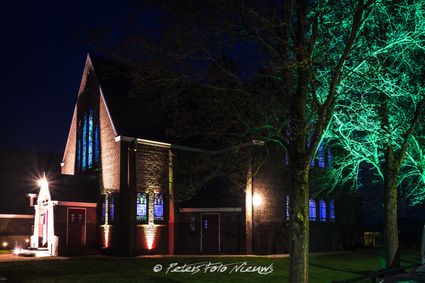 Nes (NEF)
Nes (NEF)
-
Villa Nova
Villa Nova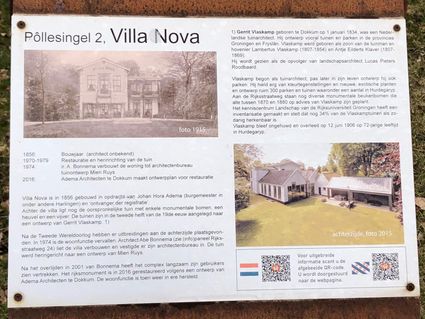 Hurdegaryp
Hurdegaryp
-
Oudega - Plasdras - Vogeluitkijkpunt
Oudega - Plasdras - Vogeluitkijkpunt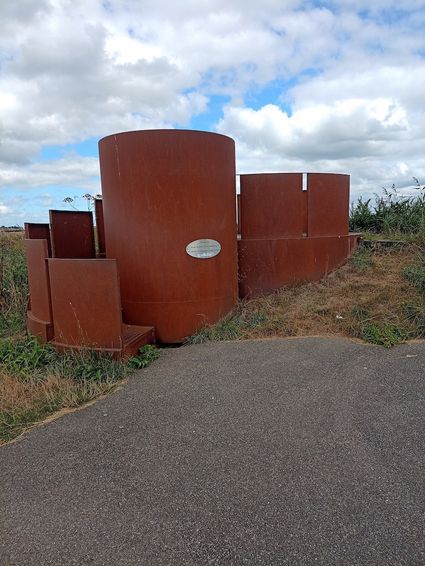 Oudega
Oudega
-
Headmaster Jakob Klok in the resistance
Headmaster Jakob Klok in the resistance
During the war, Jakob (Jaap) Klok ended up in the resistance in Dantumadeel, where he played an important role. At the time, he lived with his wife and four children in Akkerwoude, where he was headmaster of the school at Hearewei 13. He stayed there until 1947 and will always be remembered as "Headmaster Klok."
Jaap Klok was active socially and in politics as a member of the Dutch Social Democratic Labour Party (SDAP). When party meetings were banned by the German occupiers, Jaap imperceptibly became ever more involved in resistance activities. He passed on party information, distributed illegal newspapers, and looked for addresses for people in hiding. Jaap Klok joined the LO, the National Organisation for Aid to people in Hiding, and became the Akkerwoude village commander.
Although people did not know exactly what he did, it was known that he was in the resistance. Despite the fact that his name circulated among NSB members, he decided not to go into hiding, but instead tried to be even more careful and to sleep at home more often than not.
As the war drew to a close, Jaap became very busy. The Dutch government in exile was calling on railway workers to go on strike. The resistance arranged for the hiding. On 15 December 1944, a group of about sixty refugees from Arnhem arrived at his school. Jaap was indirectly involved in the evacuation committee, which was looking for addresses for the unfortunate Arnhem residents.
Shortly thereafter, he was warned at the schoolhouse that during a raid in Murmerwoude, explicit questions were asked about schoolmaster Klok. Jaap did not hesitate a second and quickly left the house. And not a moment too soon, as ten minutes after his departure the Germans were already on his doorstep. From that moment on, Jaap knew that he had to be very careful. He hardly ever slept at home anymore.
From January 1945 onwards, the situation became explosive. After the discovery of weapons on a farm in Aalsum, the Germans became fanatical. They relentlessly hunted down resistance fighters and used any means to make those who were caught talk. The name "Jaap Klok" was also mentioned during these interrogations. Sufficient reason to leave then and there, with his whole family. The children stayed with relatives. He and his wife went into hiding elsewhere.
During the last weeks of the war, Jaap was very busy. Much had to be organised and discussed within the resistance to expel the Germans and prepare for the arrival of the Canadians. Just before Dantumadeel was liberated, the inhabitants were already beside themselves with joy. They raised the flag and took to the streets en masse to celebrate. Because of his resistance work, Jaap knew exactly what the situation was with regard to the liberation. He climbed onto the balcony of the town hall and addressed the people. After all, the danger had not yet passed. Even when that was the case shortly thereafter, he ensured that peace was maintained among the population of Dantumadeel and thus prevented the molestation of a number of NSB members.
After the war, he held many administrative positions in the province of Friesland. In 1984, Jaap Klok died at the age of 91. Fifteen years later, a statue of him was erected in Akkerwoude, which was then called Damwoude, as a tribute.
From the book "De oorlog een gezicht geven" (deel 6) – Dantumadeel in de periode '40 - '45 by Yvonne te Nijenhuis and Reinder H. Postma
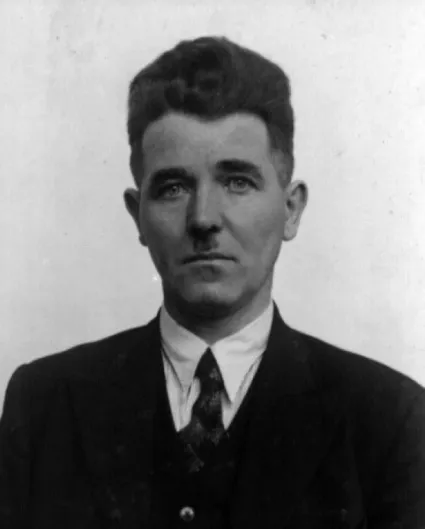 Damwald
Damwald
-
-
Skrins - Bird watching cabin
Skrins - Bird watching cabin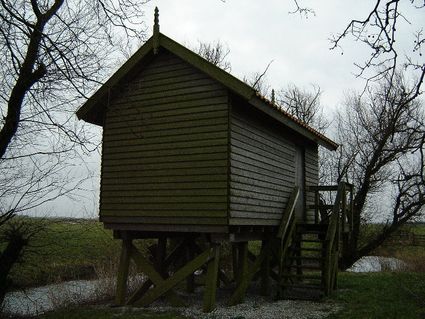 Hinnaard
Hinnaard
-
Waddenhuisverhuur Wad'n Geluk
Waddenhuisverhuur Wad'n Geluk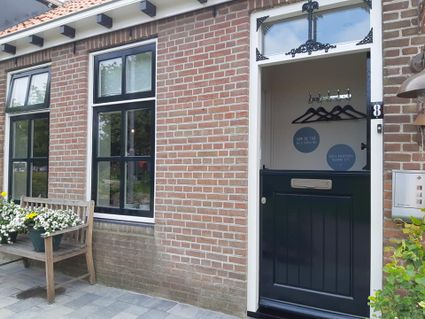 Paesens
Paesens
-
Koudum - De Heanmar - Vogelkijkhut
Koudum - De Heanmar - Vogelkijkhut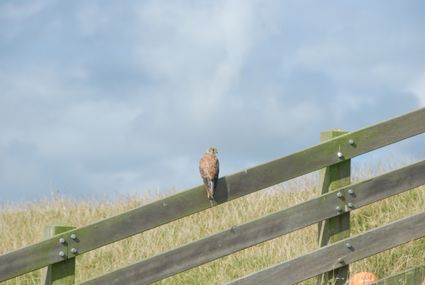 Koudum
Koudum
-
Eastermar | Laadpalen aan het water
Eastermar | Laadpalen aan het water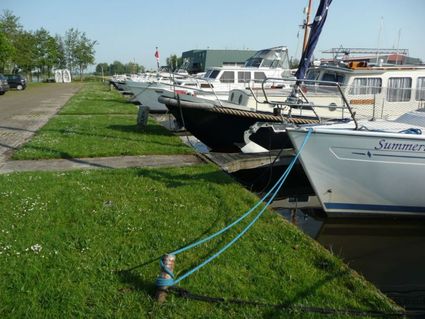 Eastermar
Eastermar
-
Zeilhuis van de Twirre
Zeilhuis van de Twirre Earnewâld
Earnewâld
-
Kollum (Kollum)
Kollum (Kollum)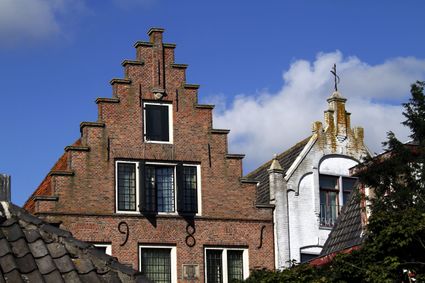 Kollum
Kollum
-
Minicamping de Grutte Earen
Minicamping de Grutte Earen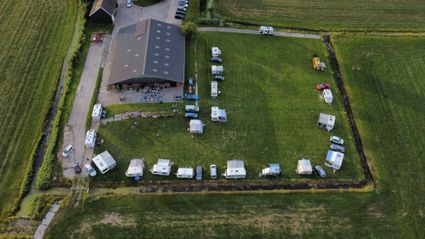 Burum
Burum
-
Observeum
Observeum Burgum
Burgum
-
www.huyske.com
www.huyske.com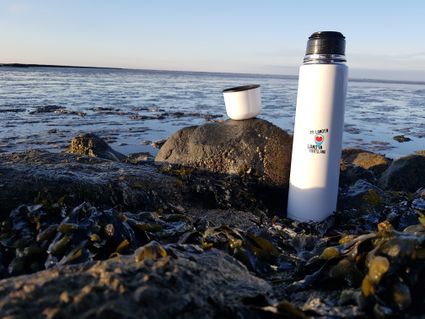 Wierum
Wierum
-
Voormalig zuivelfabriek Garyp
Voormalig zuivelfabriek Garyp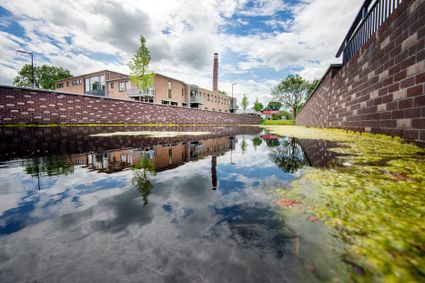 Garyp
Garyp
-
PTT Wisselstation
PTT Wisselstation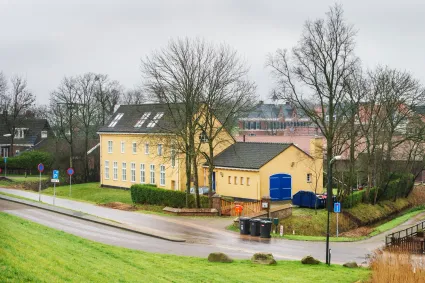 Eanjum
Eanjum
-
Noorderend
Noorderend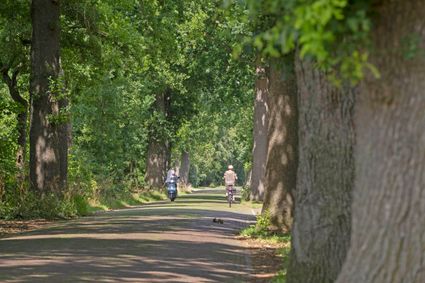 Suwâld
Suwâld
-
It Wikelslân Nature Reserve at De Alde Feanen National Park
It Wikelslân Nature Reserve at De Alde Feanen National Park Earnewald
Earnewald
-
Molkwerum - Bocht van Molkwerum - Vogelkijkhut Swan
Molkwerum - Bocht van Molkwerum - Vogelkijkhut Swan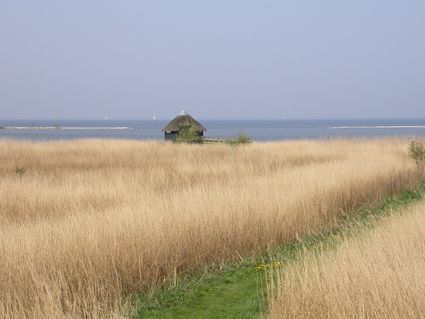 Hindeloopen
Hindeloopen
-
IJlst (Drylts)
IJlst (Drylts)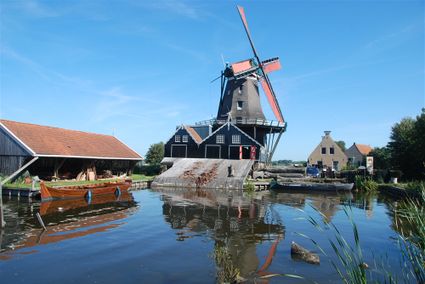 IJlst
IJlst
-
De Buorren Twa
De Buorren Twa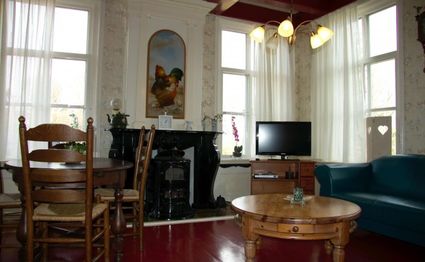 Paesens
Paesens
-
Hegebeintum (Hogebeintum)
Hegebeintum (Hogebeintum)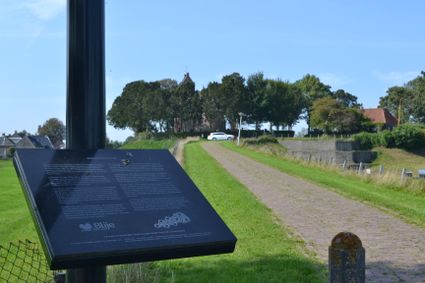 Hegebeintum
Hegebeintum
-
Camping Pension Simmerwille
Camping Pension Simmerwille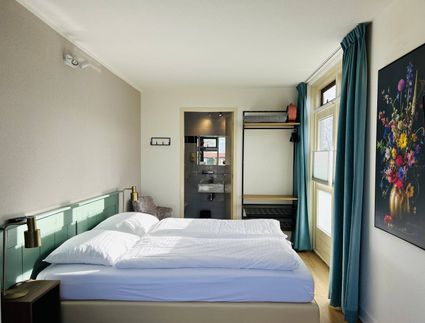 Earnewâld
Earnewâld
-
Veerpont Zonnepont Schalkediep (Suawoude)
Veerpont Zonnepont Schalkediep (Suawoude) Garijp
Garijp
-
Aardappelhandel De Jong
Aardappelhandel De Jong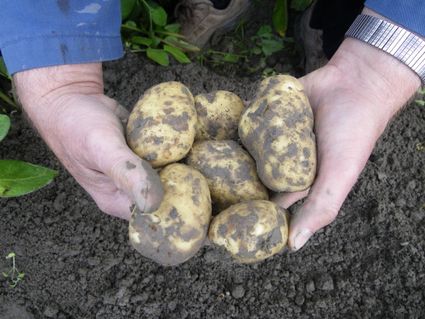 Ternaard
Ternaard
-
Museum Warten
Museum Warten Warten
Warten
-
Berltsum - vogelkijkscherm
Berltsum - vogelkijkscherm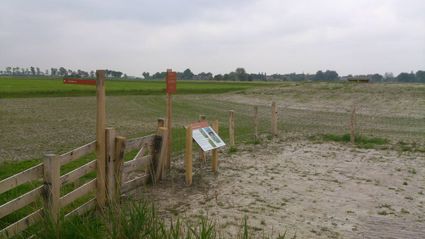 Sint Jacobiparochie
Sint Jacobiparochie
-
Greenjoy Gytsjerk
Greenjoy Gytsjerk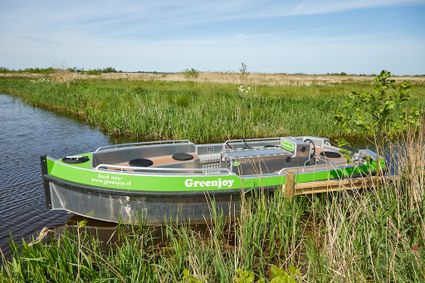 Gytsjerk
Gytsjerk
-
B&B Het Woudhuisje
B&B Het Woudhuisje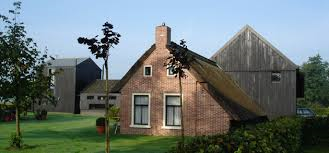 Gytsjerk
Gytsjerk
-
Bootverhuur Hollema
Bootverhuur Hollema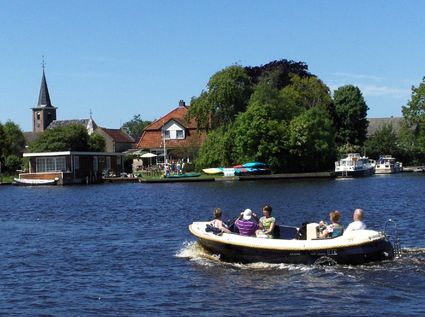 Earnewâld
Earnewâld
